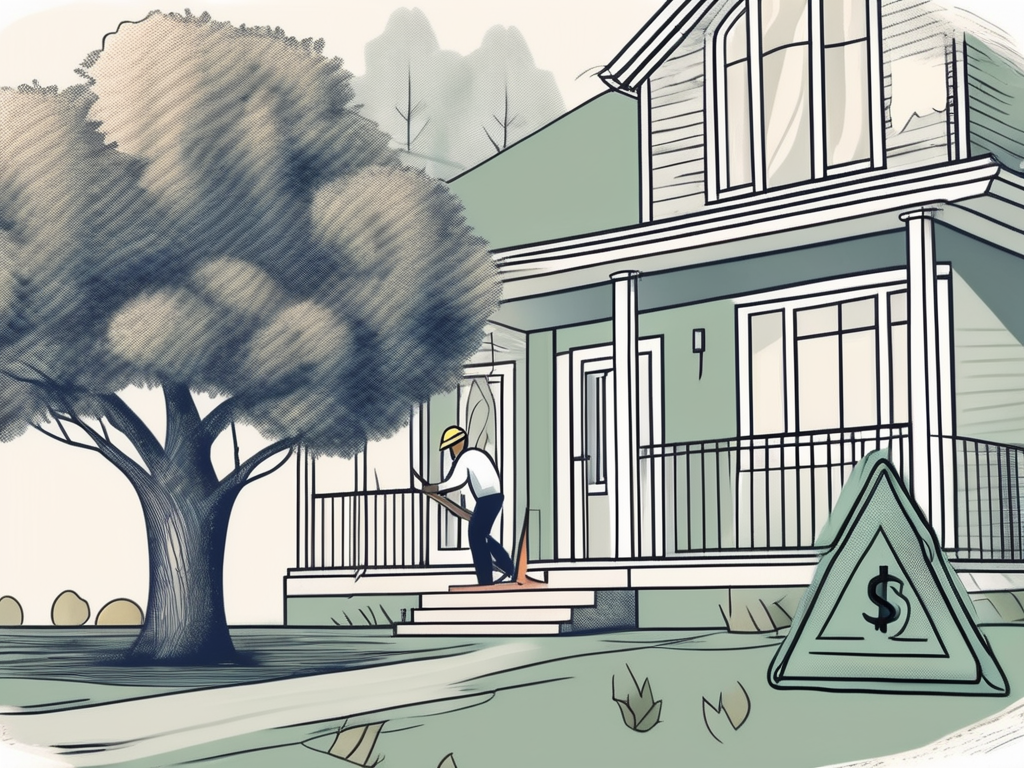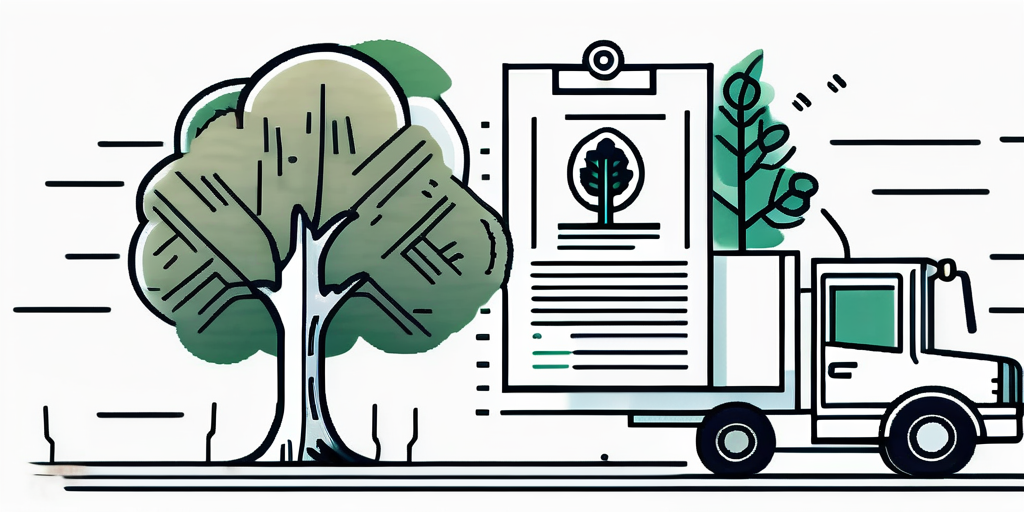Can Tree Removal be Covered by Insurance

can tree removal be covered by insurance
Tree removal can be a necessary yet costly task for homeowners. Whether it's due to a tree posing a risk to your property or a tree that's already caused damage, you may be wondering if your homeowner's insurance policy covers tree removal.
In this comprehensive guide, we will explore the circumstances under which your insurance might cover tree removal, how to file a claim, and how to care for your trees to prevent damage. We will also hear from experts at 770-Tree-Guy, a leading tree care service provider.
Understanding Your Homeowner's Insurance Policy
Homeowner's insurance policies vary greatly, so it's essential to understand your specific policy's terms and conditions. Generally, insurance policies cover damages caused by perils listed in the policy, such as fire, lightning, wind, hail, and weight of ice, snow, or sleet. However, coverage for tree removal can be a gray area.
Typically, if a tree falls due to a covered peril and causes damage to your home, garage, or other insured structures, your insurance policy may cover the cost of tree removal. However, if a tree falls without causing damage to an insured structure, the cost of removal is usually not covered. It's important to review your policy or consult with your insurance agent to understand your coverage fully.
When Does Insurance Cover Tree Removal?
As mentioned earlier, insurance typically covers tree removal when a tree falls and causes damage to an insured structure. Let's delve into this further with some specific scenarios.
Damage from a Healthy Tree
If a healthy tree falls due to a covered peril, such as a storm, and damages your home, your insurance policy will likely cover the cost of tree removal. The policy may also cover repairs to your home. However, there may be a limit on how much your insurer will pay for tree removal, so it's essential to check your policy.
Damage from a Dead or Dying Tree
If a dead or dying tree falls and damages your property, your insurance company may not cover the costs if they determine that the tree was not maintained properly. Regular tree care and maintenance are crucial to prevent such situations. Experts at 770-Tree-Guy recommend regular tree inspections and care to maintain tree health and prevent potential damage.
How to File a Claim for Tree Removal
If a tree has damaged your property, it's important to take immediate action. First, ensure everyone's safety and prevent further damage if possible. Then, document the damage with photos and contact your insurance company to start the claim process.

When filing a claim, provide as much detail as possible about the incident, including the condition of the tree before it fell and the specifics of the damage. Your insurer may send an adjuster to assess the damage. If your claim is approved, your insurer will cover the cost of tree removal and property repairs, up to your policy's limits.
Preventing Tree Damage
Preventing tree damage is a critical aspect of homeownership. Regular tree care can help prevent damage and potential insurance claims.

Regular Tree Inspections
Regular tree inspections can help identify potential problems before they cause damage. Look for signs of disease or decay, such as discolored leaves, peeling bark, or fungi growth. If you notice any issues, contact a professional tree service like 770-Tree-Guy for advice.
Proper Tree Pruning
Proper tree pruning can help maintain tree health and prevent damage. Pruning helps remove dead or dying branches that could fall and cause damage. It also helps maintain the tree's structure and promote growth. However, improper pruning can harm the tree, so it's best to hire a professional tree service.
Article Summary
- Homeowner's insurance may cover tree removal if a tree falls due to a covered peril and damages an insured structure.
- Insurance typically does not cover tree removal if a tree falls without causing damage to an insured structure.
- If a tree falls and damages your property, document the damage and contact your insurance company to file a claim.
- Regular tree care, including inspections and pruning, can help prevent tree damage and potential insurance claims.
- Consult with a professional tree service like 770-Tree-Guy for regular tree care and maintenance.
In conclusion, while homeowner's insurance can cover tree removal in certain circumstances, prevention is the best strategy. Regular tree care and maintenance can help prevent damage and keep your trees healthy. If you need professional tree care services, consider contacting 770-Tree-Guy, a leading expert in the field.

